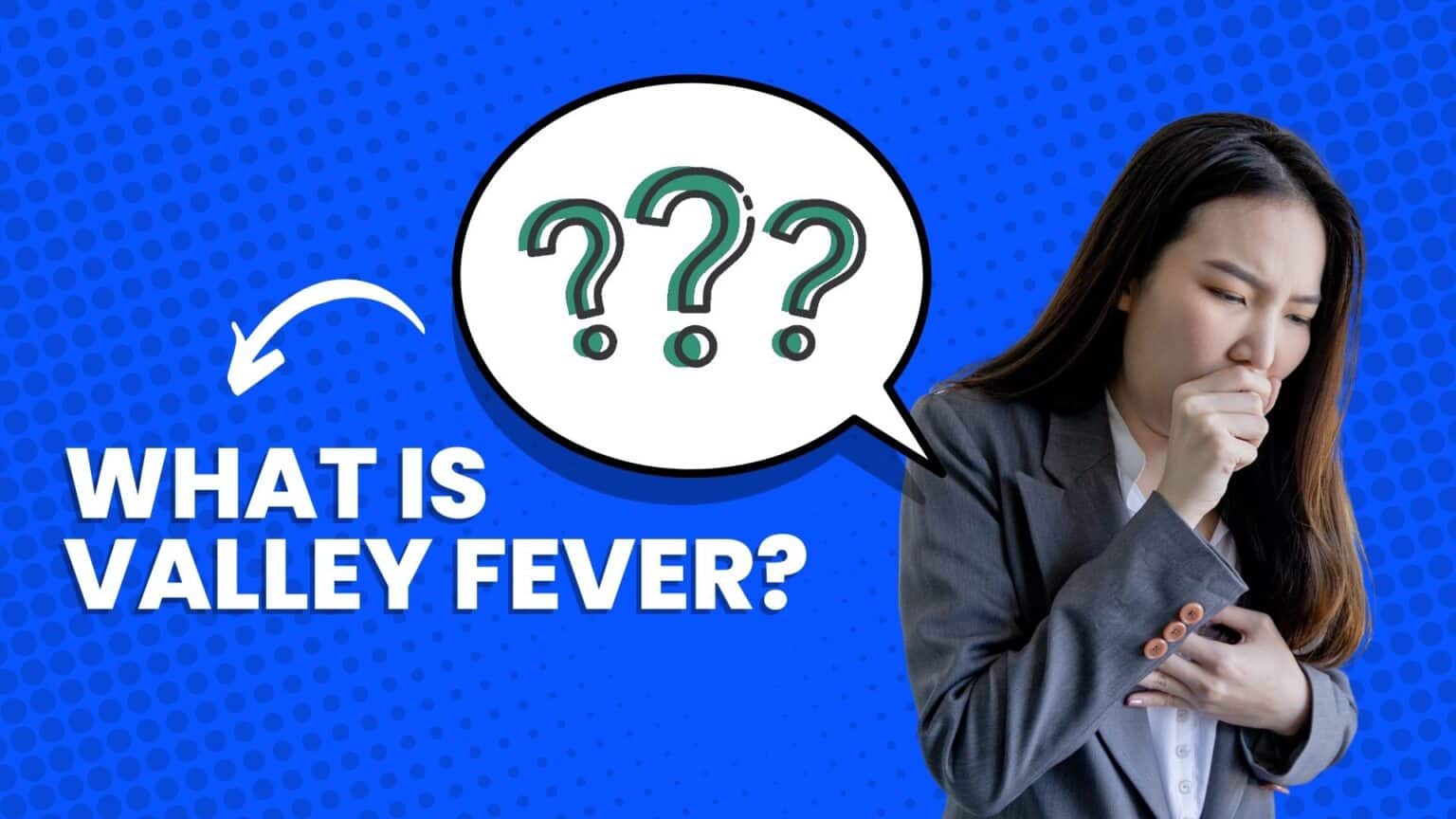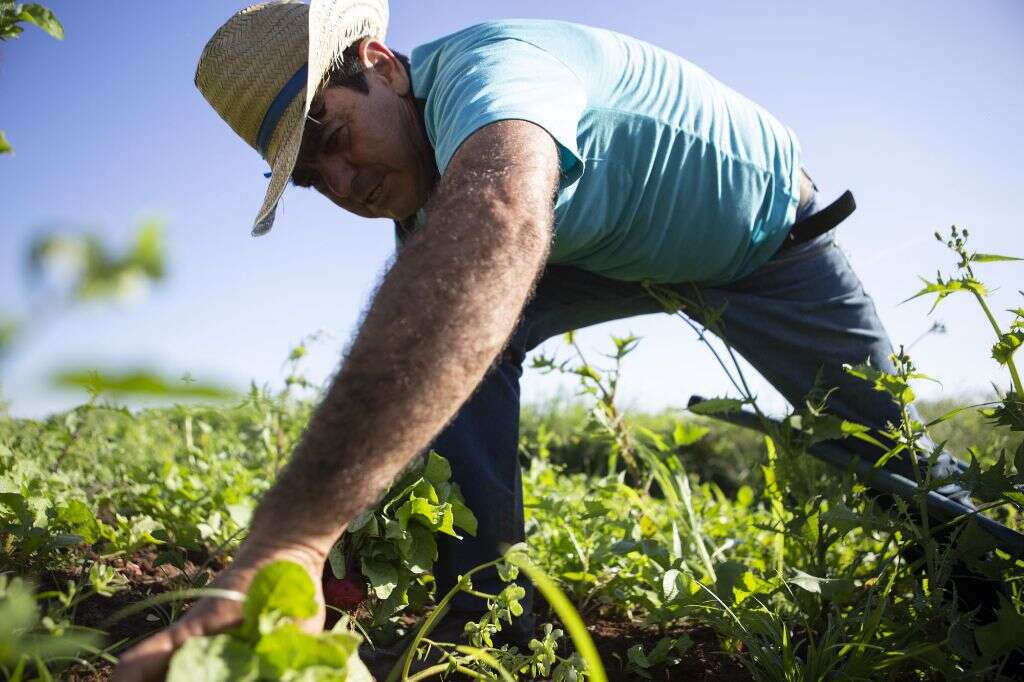Understanding Valley Fever: A Guide to Prevention and Treatment
Table of Contents
- Coccidioidomycosis: Don’t learn the spelling, just the symptoms, how to ...
- Valley Fever | Retired Employees of Los Angeles County
- Climate change is hastening valley fever’s spread across the American ...
- Health Condition : Symptoms, Causes, Treatment and More
- What is Valley Fever? - Walkin Lab
- Can Cats Recover From Valley Fever? The 10 Correct Answer ...
- Valley Fever: What Is Valley Fever?
- Valley Fever cases in California continue to increase
- Valley Fever: Symptoms, awareness and prevention - YouTube
- Valley Fever, Now Endemic to Southwest, Disproportionately Affects ...



What is Valley Fever?



Symptoms of Valley Fever



Prevention and Treatment
Preventing Valley Fever is crucial, especially for individuals who work outdoors in areas where the fungus is common. The NWCG recommends the following preventive measures: Wear a mask when working in dusty areas Avoid disturbing soil whenever possible Use water to suppress dust when working in areas where the fungus is present Avoid activities that disturb the soil, such as digging or construction If you suspect you have Valley Fever, it is essential to seek medical attention immediately. Treatment typically involves antifungal medication, and in severe cases, hospitalization may be necessary.NWCG Guidelines for Wildland Firefighters
The NWCG has developed guidelines for wildland firefighters to prevent and treat Valley Fever. These guidelines include: Providing education and training on Valley Fever prevention and treatment Requiring the use of personal protective equipment, such as masks, when working in areas where the fungus is present Implementing dust-suppression measures when working in areas where the fungus is common Monitoring firefighters for symptoms of Valley Fever and providing medical attention if necessary Valley Fever is a significant health concern for individuals who work outdoors in areas where the Coccidioides fungus is prevalent. By understanding the symptoms, prevention, and treatment of Valley Fever, individuals can take steps to protect themselves from this fungal infection. The NWCG guidelines for wildland firefighters provide a framework for preventing and treating Valley Fever, and it is essential for individuals to follow these guidelines to minimize their risk of infection.For more information on Valley Fever, visit the Centers for Disease Control and Prevention (CDC) website. If you suspect you have Valley Fever, seek medical attention immediately.
Note: This article is for informational purposes only and is not intended to provide medical advice. If you have concerns about Valley Fever or any other health issue, consult a medical professional.